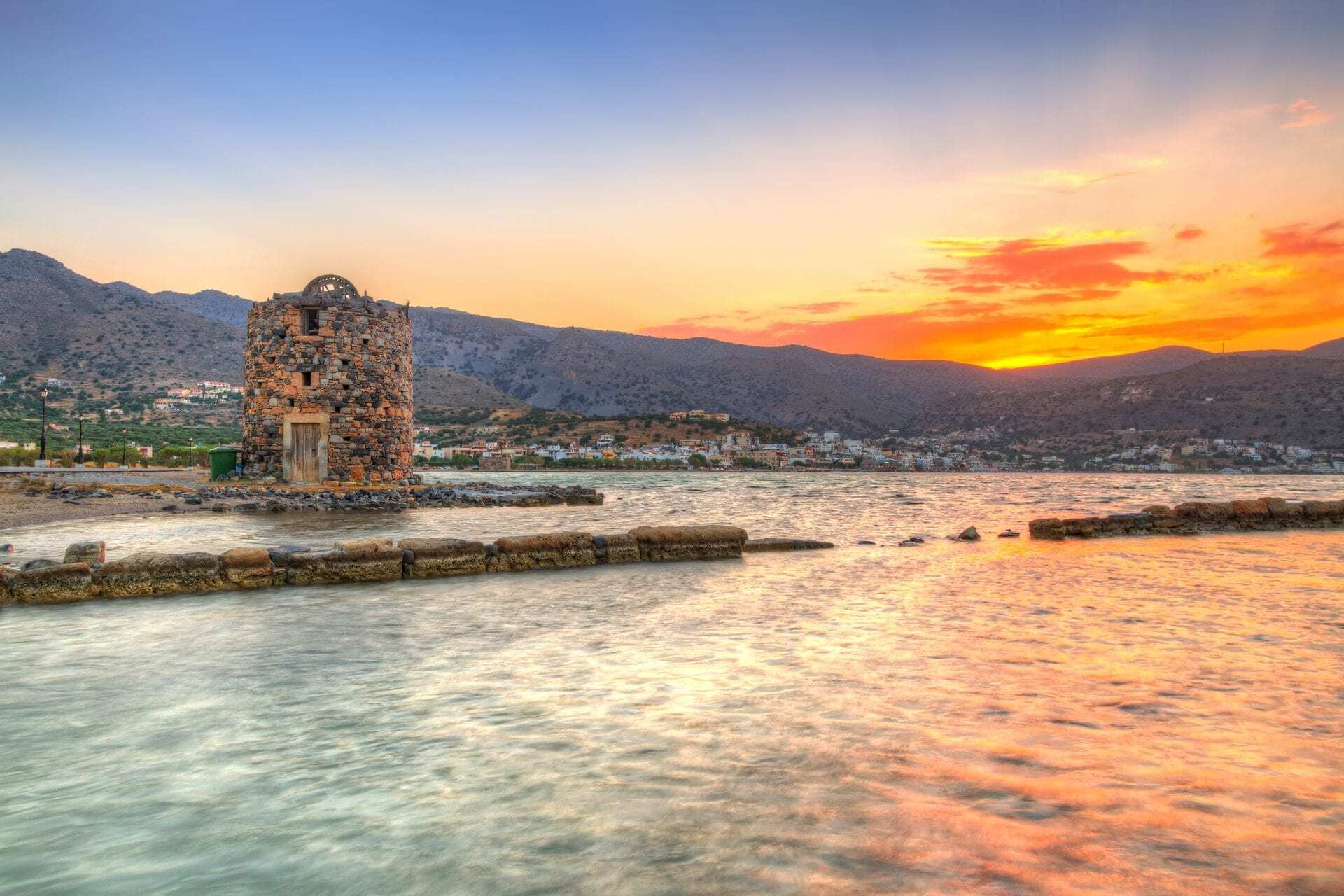Olous, also called Olus is an ancient Dorian city that lies on both sides of the isthmus connecting the peninsula of Spinalonga to the mainland in the modern-day town of Elounda in Crete. Researchers believe that the city was submerged due to a local shift caused by an earthquake sometime around the 2nd century AD.
The city developed on a maritime crossroads connecting Northern Crete with the Aegean islands and the wider Mediterranean. Given the limited reference to Olous in the ancient texts, most of our knowledge about its history is derived from the available epigraphic, numismatic and archaeological evidence.
The earliest evidence for a settlement dates from the archaic period lasting from the eighth century BC to the second Persian invasion of Greece in 480 BC, with some earlier Minoan tombs in the wider area.
Much of the existing archaeological remains are attributed to the Hellenistic period, with epigraphic evidence suggesting the existence of a wealthy port city.
Underwater surveys have revealed the remains of submerged linear and parallel structural segments, buildings, roads, and possible foundations of large public buildings. Studies by the Ephorate of Underwater Antiquities also revealed the remains of a Hellenistic fortification, identified by a defensive wall and tower which defines the southern extent of the harbour.

Coins have been found that date from 330-280 B.C. depicting the heads of Britomartis and Zeus Tallaios. The latter was clearly the chief deity of Olous, in whose temple many inscriptions were displayed; for the same reason the cult of Asklepios must also have been important. Archaeologists have also recovered ancient texts within the ruins linking Olous with the ancient cities of Knossos and the island of Rhodes.
Although not conclusive, part of the submerged remains may be attributed to the Roman period, attested by the discovery of period tombs at a cemetery, fragments of marble statues from the 2nd-3rd century AD and scattered pottery finds. Excavations on Kolokytha peninsula discovered an early Byzantine basilica with a mosaic, in addition to remains of house foundations and another possible submerged basilica.
During the Venetian period, a large salt pan complex was developed at Olous. Many of the materials from the ancient city were repurposed to construct the fortress on Spinalonga islet to protect the harbour entrance.
Header Image Credit : Shutterstock





